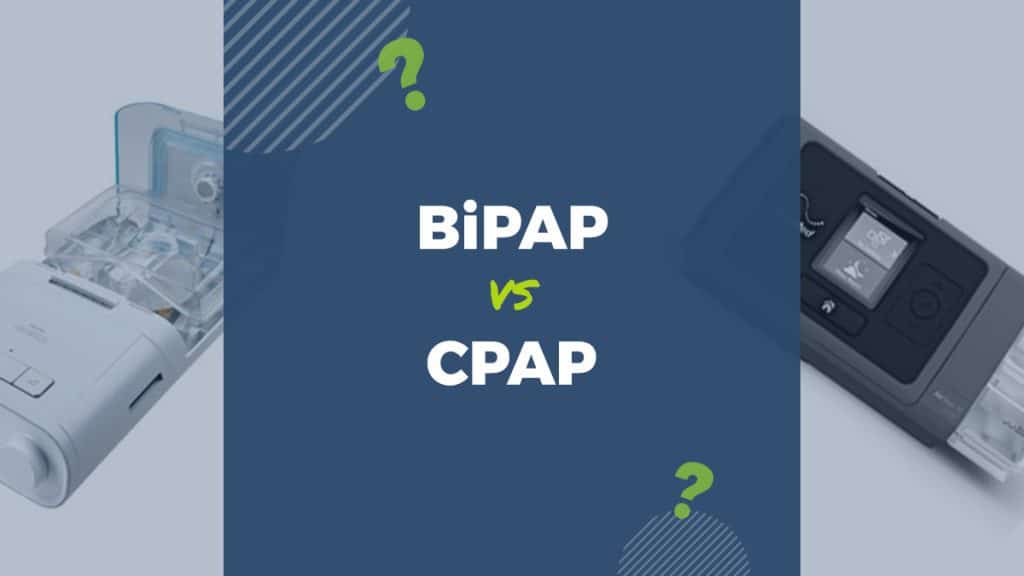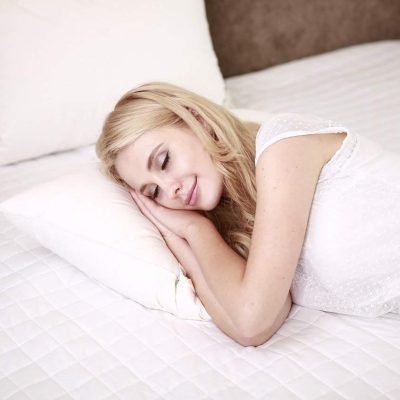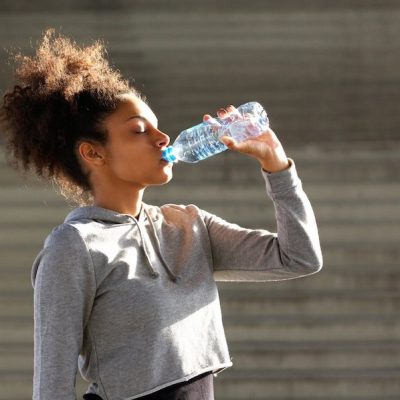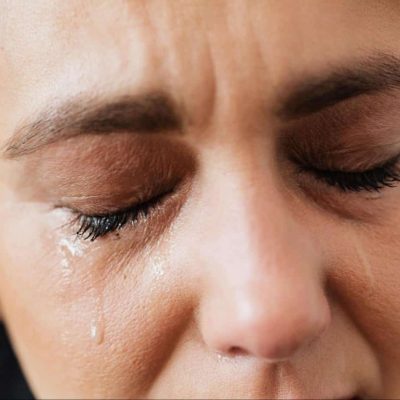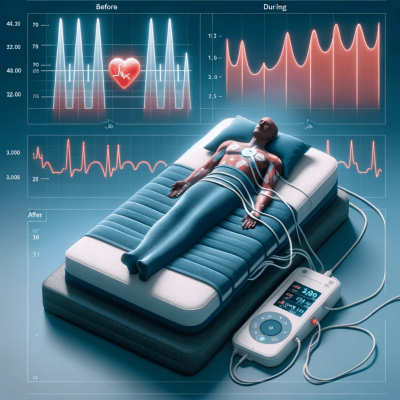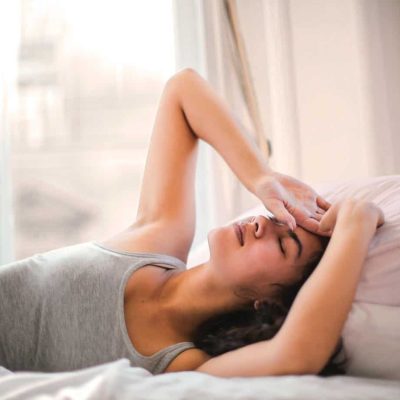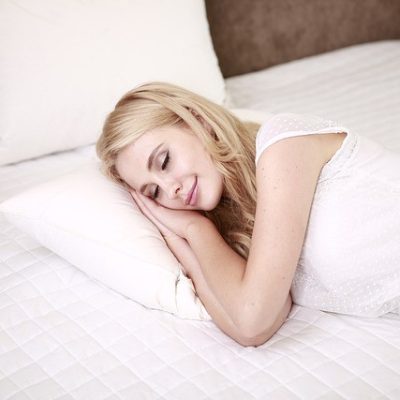If you’re suffering from sleep apnea, you know how potentially dangerous it is. When you stop breathing all of a sudden, you’re opening up a whole bag of risks and complications like high blood pressure, diabetes, and heart diseases.
Table of Contents
ToggleCPAP or BiPAP Machine? That is the question!
One of the most effective methods of treating sleep apnea is by using a continuous positive airway pressure or CPAP machine to keep your airway open while sleeping. This ensures that you get a steady supply of air in your lungs.
But there is also another machine that can help you deal with sleep apnea: the bi-level positive airway pressure or BiPAP machine. It’s newer than the CPAP machine as it was invented around a decade after the original CPAP machine.
Given these two, sleep apnea sufferers often wonder what type of machine to use; whether they should use a CPAP or a BiPAP or a VPAP machine to treat sleep apnea.
To answer this, we’ll be discussing what both machines do and under which situations they can be used.
Different Types of Sleep Apnea - And Should I Choose a CPAP or BiPAP?
Before going into detail about the various apnea machines, it’s important to know the different sleep apnea types first. Doing so will help you better decide which type of device might work best for you.
Obstructive sleep apnea (OSA) is the most common kind of sleep apnea. Your airway gets blocked, so air can’t pass through, resulting in a momentary stopping of breath.
The blockage is usually caused by your throat muscles’ tendency to relax, causing you to snore as air has to be forced out during exhalation. You might even gasp for breath while sleeping as it’s your body’s way of signaling that it lacks the proper level of oxygen for normal functioning.
If your sleep apnea isn’t caused by any airway obstruction, then you might have the less common type–central sleep apnea (CSA). You stop breathing for up to ten seconds while sleeping because your brain did not send the signal instructing your lungs to continue breathing.
There’s also the complex sleep apnea or mixed sleep apnea, which is characterized by a combination of symptoms from OSA and CSA. The diagnosis of complex sleep apnea usually comes only after the sleeping disorder does not respond to CPAP therapy.
CPAP Machines and How They Work

Since obstruction is the issue in OSA, the solution is to prevent this airway blockage from happening in the first place. That’s what exactly what a CPAP machine does. It uses air pressure to keep your airway open while you sleep.
To keep the air pressure steady, you have to wear a mask connected to the CPAP machine. But it can cause discomfort for some users.
Imagine trying to inflate a balloon with your mouth. That’s exactly the same amount of effort you have to make when you exhale with the CPAP mask on. It might be uncomfortable at first, but most people get used to it the longer they use the device.
Newer but more expensive models have some form of a pressure relief feature, which slightly lowers the pressure when the machine detects that you are about to exhale. This feature is called Bi FLEX, EPR, AFLEX, C-Flex or SensAwake, depending on the brand of your machine.
Take note, however, that the pressure difference between inhalation and exhalation is just 3 cm.
The BiPAP Machine and How It Works
Actually, the BiPAP machine works almost like the regular CPAP machine except for one thing: it has two pressure levels. It has a higher pressure level when you inhale, and a lower air pressure level when you exhale. This makes the BiPAP more comfortable to use.
Compared to a CPAP machine with a pressure relief feature, the BiPAP machine has an even greater difference of pressure levels between exhaling and inhaling, so breathing out becomes almost effortless. You can actually set the pressure difference from 4 cm and up.
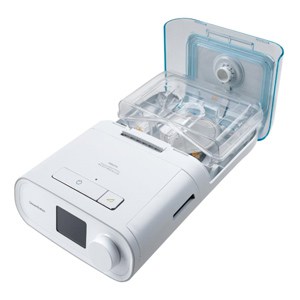
Which Is the Better Choice: BiPAP vs CPAP?
Both the CPAP and BiPAP machines work extremely well in treating sleep apnea. However, there are a few minor differences that you need to take into account when deciding which type of machine to purchase.
If you have OSA, the first choice is usually the CPAP machine. The BiPAP machine is usually the go-to option if you have CSA and other diseases like chronic obstructive pulmonary disorder and congestive heart failure. Its greater pressure difference means greater comfort for you especially when you breathe out.
Moreover, the BiPAP machine can be programmed to monitor your breathing if you have CSA. In case it detects that you did not breathe for a set period of time, it pushes air into your lungs, essentially forcing you to breathe once more. You can even set a specific number of breaths per minute.
But take note that you can also use the BiPAP machine even if you have OSA. If you find the constant pressure of the CPAP machine too uncomfortable, or if your OSA remains unresolved, then the BiPAP machine is the next best thing.
Price-wise, the CPAP machine is cheaper than the BiPAP machine. That’s why a lot of sleep apnea sufferers try the CPAP machine first to see if it works before moving on to the more expensive BiPAP machine.
Keep in mind that you need a prescription to use these medical devices, so your doctor will be the one to recommend the type of machine you’re going to use.
But be sure to talk things through with your physician and explore the pros and cons of if to choose a BiPAP vs CPAP or CPAP vs BiPAP machine so that you can buy the one that’s right for you.

